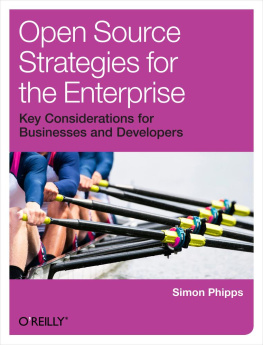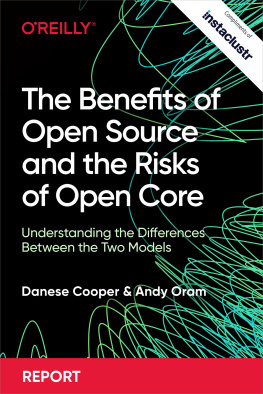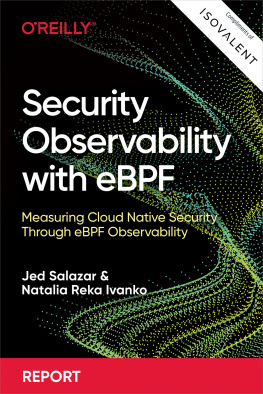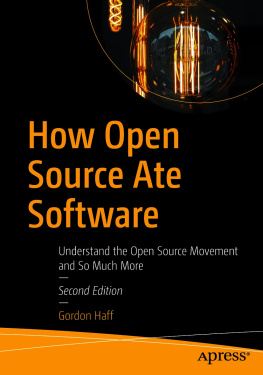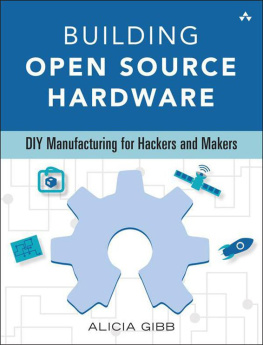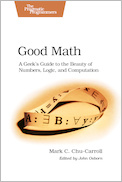Joshua M. Pearce
Department of Materials Science & Engineering, Department of Electrical & Computer Engineering, Michigan Technological University, Houghton, MI, USA
Copyright
Elsevier
225 Wyman Street, Waltham, MA 02451, USA
The Boulevard, Langford Lane, Kidlington, Oxford OX5 1GB, UK
Radarweg 29, PO Box 211, 1000 AE Amsterdam, The Netherlands
Copyright 2014 Elsevier Inc. All rights reserved.
No part of this publication may be reproduced, stored in a retrieval system or transmitted in any form or by any means electronic, mechanical, photocopying, recording or otherwise without the prior written permission of the publisher
Permissions may be sought directly from Elseviers Science & Technology Rights Department in Oxford, UK: phone (+44) (0) 1865 843830; fax (+44) (0) 1865 853333; email: , and selecting Obtaining permission to use Elsevier material
Notices
No responsibility is assumed by the publisher for any injury and/or damage to persons or property as a matter of products liability, negligence or otherwise, or from any use or operation of any methods, products, instructions or ideas contained in the material herein. Because of rapid advances in the medical sciences, in particular, independent verification of diagnoses and drug dosages should be made
Library of Congress Cataloging-in-Publication Data
Pearce, Joshua, author.
Open-source lab : how to build your own hardware and reduce research costs / Joshua Pearce.
pages cm
Includes bibliographical references and index.
1. LaboratoriesEquipment and supplies. 2. Open source software. I. Title.
Q185.P43 2013
681.750285dc23
2013035658
British Library Cataloguing in Publication Data
A catalogue record for this book is available from the British Library
ISBN: 978-0-12-410462-4
For information on all Elsevier publications visit our web site at store.eslevier.com
Note: For color version of the figure, the reader is referred to the online version of this book.
Printed and bound in USA
14 15 16 17 10 9 8 7 6 5 4 3 2 1

Foreword
At the heart of open-source hardware is the freedom of information. We are inherently free to open our devices as we wish and poke around. There are no laws inhibiting a consumer to unscrew their household items and take the lid offthough it most likely voids the warranty. But the freedom to repair, freedom to study, and freedom to understand needs to be accompanied with a freedom of accessible information: schematics, diagrams, code, and in short source files. Open-source hardware includes the previous freedoms and also grants the freedom to remix, remanufacture and resell an item, provided that the hardware remains open source.
History points to a multitude of repair manuals from cars to washing machines; patterns to follow from model airplanes to dresses; and recipes shared through friends and families for generations. Historically DIY (Do-It-Yourself) was not a fad but a way of life. Access to information coupled with a basic knowledge of tinkering has given consumers the power to fix more, waste less, and understand the physical world around them. But technologies are becoming more opaque, as their size gets smaller, making them more difficult to open and tinker. Historically, an important factor for understanding the physical world was that items were built on a human scale. Human scale is the one that humans can relate to and can visibly see with the naked eye. The scale of most objects previous to computing has been on the human scale. Items in our daily lives now include miniscule chip sets and tiny form factors that require schematics and code to diagnose, repair, or even understand. Perhaps no one understands this better than researchers themselves. With closed source and patented devices, there is no requirement to include source files so that people may understand the hardware. In many cases, steps are taken to obfuscate information from the consumer. In addition to documentation, many new inventions require special equipment and tools, such as laser cutters, PCR machines for DNA sequencing, environmental chambers and other lab equipment described in Pearces work. These tools are beginning to see open-source versions so that consumers may build their own, often at a lower cost. Even more standard tools, such as tractors and CNC machines are being open sourced so that others may have the benefit of access to these basic tools.
If history has favored open source, why are we entering a new movement of open-source hardware? Patents have become problematic to innovation. Basic building blocks of new technologies are being closed off with patents, causing further innovation to become increasingly expensive or halt altogether. While patenting the building blocks of technology may benefit one company, it fails to advance society. Today Intellectual Property can be sold as a good. The idea is the commodity rather than the physical object itself. Selling ideas rather than goods does not create a sustainable market for the common consumer. Patents were created to incentivize inventors and spur innovation in exchange for 20 years of exclusive rights in the form of a monopoly. The patentee had to submit a prototype and disclose how their innovation was created to the public. But the rules on patents have changed over time and there are many schools of thought that the patent system is broken and no longer reflects the reasons why the patent system was created in the first place. In todays patent system, prototypes are no longer required, money made from patents is going to lawyers rather than the inventor, and a 20 years monopoly is not a rational timeframe for the pace of technology in the digital era. Inventors are finding different incentives to innovate. The barriers and frustrations the patent system, has created are turning inventors toward a new alternative to patents: open-source hardware.
Open-source hardware creates products driven by capitalism rather than monopolies, an open environment for sharing information, and a powerful opportunity for companies and individuals to learn from each other. Open-source hardware is a growing movement with a lucrative business model. It has spread into many areas of innovation, as Pearce has done with his work in scientific hardware, others do in electronics, mechanical designs, space programs, farm equipment, fashion, and materials science to name a few. We are at a crucial point in the history of technology which will determine if we hoard information or share it with others; sell information or sell goods; educate with open documentation or let everyone reinvent the wheel for themselves.
Alicia Gibb
Founder, Open Source Hardware Association
Preface
As the process of development that has succeeded in free and open-source software is now being applied to hardware, an opportunity has arisen to radically reduce the cost of experimental research in the sciences while improving the tools that we use. Specifically, the combination of open-source 3-D printing and open-source microcontrollers running on free software enables the development of powerful research tools at unprecedented low costs. In this book, these developments are illustrated with numerous examples to lay out a path for reinforcing and accelerating free and open-source scientific hardware development for the benefit of science and society. Wise scientists will join the open-source science hardware revolution to see the costs of their research equipment drop as their work becomes easier to replicate and cite.



